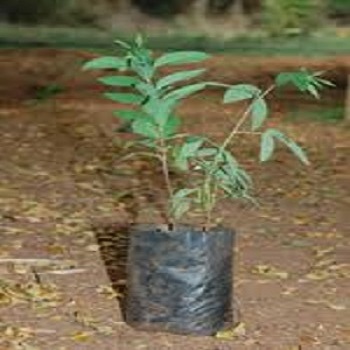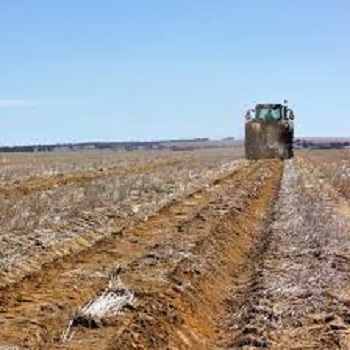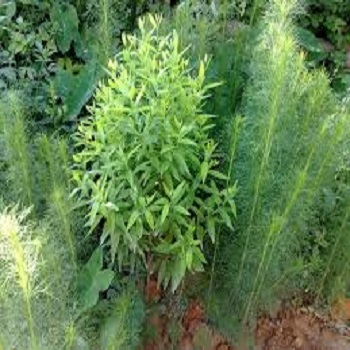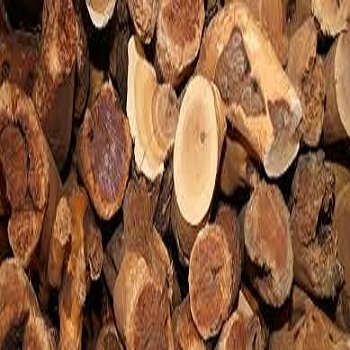Cultivation

Selection of Plants
Selection of planting material is a very improtant step. The seedlings should be of minimum 1-1.5 feet height with brown coloured stem.

Land preparation for planting
Pits of size 2X2X2 feet should be dug at an escapement of 10X10 feet. These pits should be kept open for one week. Later 10-15kgs of FYM should be added along with 10kgs of Phorate (Thimet) and 10-15g of Carbendazim (Bavistin) per pit. Selected seedlings should be planted later. Sandalwood plants are hemi root parasite and requore a suitable host plant to achieve desirable growth. The recommended host plants at the time of planting are redgram, sesbenia and drumstick. Tree species like casuarina, pongamia, Melia dubia, rosewood, amla, cassia, red snaders, etc., are recommended as permanent host plants.




